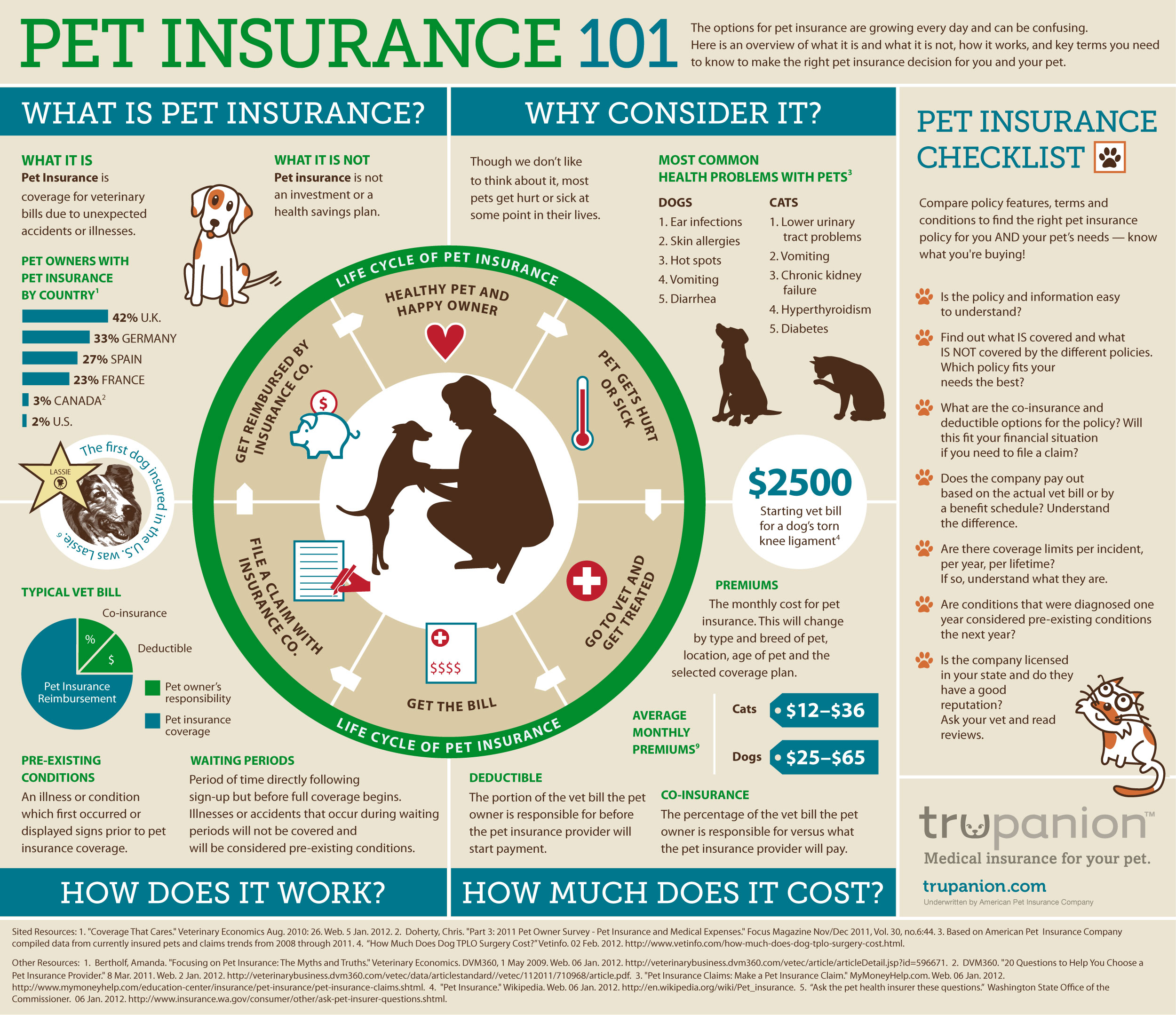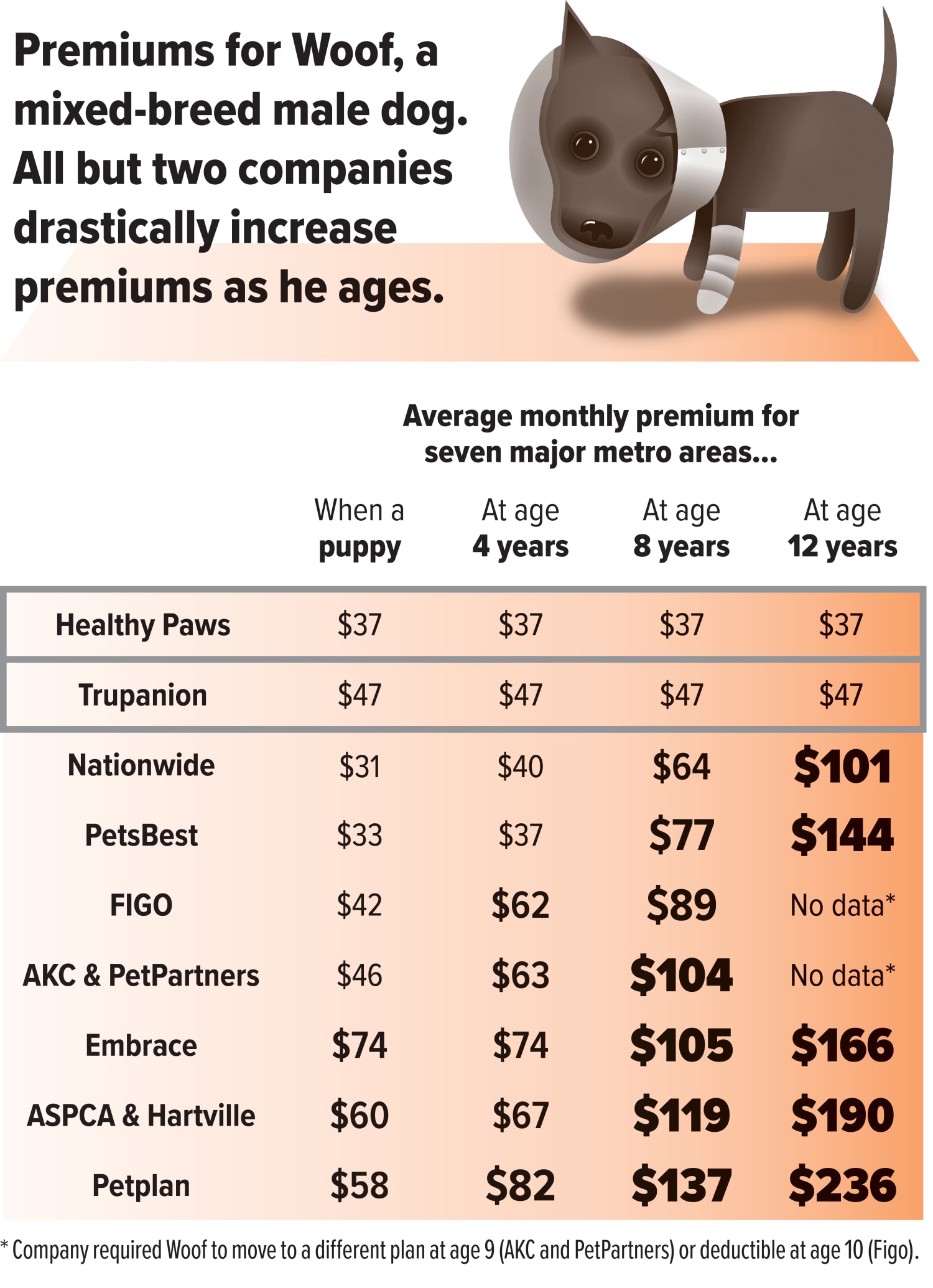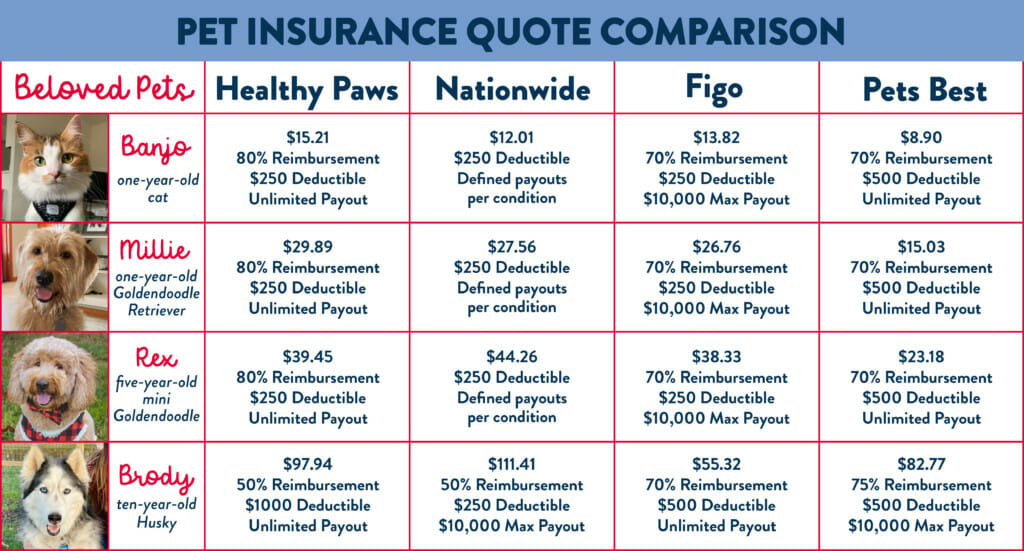Pet insurance covers various aspects of your pet’s health. It helps you manage unexpected veterinary costs.
As a pet owner, you want the best care for your furry friend. But, vet bills can be expensive. Pet insurance provides a safety net for these costs. It covers accidents, illnesses, and sometimes routine care. Understanding what pet insurance covers can help you make informed decisions.
You’ll know when it’s time to visit the vet without worrying about the bill. This blog post will explain the different areas pet insurance might cover. By the end, you’ll have a clear idea of what to expect from a pet insurance policy. So, let’s dive in and explore the world of pet insurance coverage.

Credit: www.bpah.net
Introduction To Pet Insurance
Pet insurance is a growing trend among pet owners. It helps cover veterinary costs. Many people see their pets as family members. So, they want to ensure their pets get the best care. This is where pet insurance comes in.
Importance Of Pet Insurance
Pets can get sick or injured. Vet bills can be expensive. Pet insurance helps reduce these costs. It gives peace of mind. You won’t have to choose between your wallet and your pet’s health. Pet insurance also covers routine check-ups. This keeps your pet healthy and happy.
Basic Coverage Overview
Most pet insurance plans cover accidents and illnesses. They pay for treatments like surgeries and medications. Some plans include emergency care. Routine care like vaccinations and dental cleanings may also be covered. It depends on the plan you choose. Always read the details. Know what your policy covers and what it doesn’t.
Accident Coverage
Accidents happen. This is true for our pets too. Pet insurance accident coverage helps cover the costs. It ensures your pet gets the care needed after an unexpected injury.
Types Of Accidents Covered
Pet insurance typically covers a wide range of accidents. Here are some common types:
- Broken bones from falls or impacts.
- Injuries from bites or fights with other animals.
- Cuts and lacerations from sharp objects.
- Poisoning from ingesting harmful substances.
- Burns from heat or chemicals.
- Car accidents involving your pet.
These accidents can lead to costly vet bills. Accident coverage helps ease the financial burden.
Exclusions In Accident Coverage
Not all accidents are covered by pet insurance. Some common exclusions include:
- Pre-existing conditions: Injuries or illnesses your pet had before coverage started.
- Intentional injuries: If the injury is caused by owner negligence or abuse.
- Cosmetic procedures: Treatments not medically necessary, like ear cropping.
- Breeding-related injuries: Injuries related to breeding or pregnancy.
Always read the policy details. Understand what is and isn’t covered.
Illness Coverage
Pet insurance can be a lifesaver in times of unexpected illness. Understanding what illness coverage includes can help you make the best choice for your furry friend. This section will cover common illnesses and chronic conditions. Read on to learn more about what you can expect from your pet insurance policy.
Common Illnesses Covered
Most pet insurance plans cover a range of illnesses that pets may face. Here are some common ones:
- Infections: Bacterial, viral, or fungal infections.
- Gastrointestinal Issues: Vomiting, diarrhea, and other digestive problems.
- Respiratory Conditions: Coughing, sneezing, and breathing problems.
- Urinary Tract Infections: Painful urination and frequent trips to the litter box.
- Skin Conditions: Allergies, rashes, and hot spots.
These illnesses can cause discomfort and stress for your pet. Timely treatment is crucial.
Chronic Conditions
Chronic conditions require ongoing care and can be costly. Many pet insurance plans cover these long-term issues:
| Condition | Description |
|---|---|
| Diabetes | Requires insulin shots and regular vet visits. |
| Arthritis | Joint pain that needs medication and sometimes physical therapy. |
| Allergies | Often require special diets and allergy shots. |
| Heart Disease | Needs medication and frequent monitoring. |
Managing these conditions can improve your pet’s quality of life. Pet insurance helps ease the financial burden.
Emergency Care
Pet insurance can be a lifesaver during emergencies. Knowing what your policy covers is crucial. Emergencies happen unexpectedly, and costs can add up quickly. Let’s delve into what pet insurance covers for emergency care.
Emergency Room Visits
Emergency room visits can be costly. Most pet insurance plans cover emergency room visits. This includes the cost of initial examinations. Diagnostic tests like x-rays or blood tests are often included. Treatments such as medication or minor procedures may also be covered. Having insurance can ease the financial burden during a crisis.
Specialist Consultations
Sometimes, your pet needs to see a specialist. These specialists can be for various conditions. Pet insurance usually covers specialist consultations. This includes visits to oncologists, cardiologists, or orthopedic surgeons. Coverage can also extend to follow-up visits. Ensure you check your policy for specific specialist coverage. Having access to specialists can make a big difference in your pet’s recovery.
Surgical Procedures
Pet insurance can be a lifesaver for pet owners, especially during emergencies. One significant aspect of pet insurance is coverage for surgical procedures. Knowing what types of surgeries are covered and the benefits of post-surgery care can help you make informed decisions.
Types Of Surgeries Covered
Pet insurance often covers a variety of surgical procedures. Common surgeries include spaying and neutering. These are essential for controlling the pet population. Emergency surgeries, like those for broken bones, are also covered. Tumor removals and other critical operations are typically included. Coverage can vary, so check your policy details.
Post-surgery Care
Post-surgery care is crucial for a pet’s recovery. Pet insurance usually covers follow-up visits. These visits ensure the pet heals properly. Medications and necessary treatments are often included. Some policies cover physical therapy. This helps pets regain strength and mobility. Good post-surgery care leads to a faster, smoother recovery.
Preventive Care
Preventive care is a crucial aspect of pet insurance. It helps keep your furry friend healthy and happy. Pet insurance often covers a variety of preventive care services. These services can save you money in the long run. They also ensure your pet’s well-being.
Vaccinations
Vaccinations protect your pet from dangerous diseases. Pet insurance often covers these essential shots. Regular vaccines are crucial for your pet’s health. They help prevent illnesses like rabies and distemper. Keeping up with vaccinations is a key part of responsible pet ownership.
Routine Check-ups
Routine check-ups are another important part of preventive care. These visits help catch health issues early. Early detection can lead to better treatment outcomes. Pet insurance often covers the cost of routine check-ups. Regular vet visits keep your pet in top shape.
Additional Benefits
Pet insurance does more than cover vet visits and surgeries. Many plans offer additional benefits. These benefits can provide extra peace of mind. Let’s dive into some of these perks.
Alternative Therapies
Alternative therapies can help pets in many ways. These therapies include:
- Acupuncture
- Chiropractic care
- Hydrotherapy
- Physical therapy
These treatments can aid in recovery. They can manage pain and improve mobility. Some pet insurance plans cover these therapies. It’s worth checking if your plan includes them.
Prescription Medications
Pets often need prescription medications. These drugs can treat various conditions. Some common prescriptions include:
- Pain relievers
- Antibiotics
- Heart medications
- Allergy treatments
Pet insurance may cover these medications. It can save you money on costly prescriptions. Always review your policy for details.

Credit: www.nbcnews.com
Choosing The Right Plan
Pet insurance can cover accidents, illnesses, and routine care. Plans vary, so choose one that fits your pet’s needs.
Selecting the ideal pet insurance plan can seem overwhelming. There are many options and each pet has unique needs. To make the process easier, consider a few key factors. This guide will help you find a plan that suits your furry friend’s needs.Factors To Consider
Age and Breed: Younger pets usually have lower premiums. Some breeds are prone to specific illnesses. Knowing this helps in choosing the right coverage. Coverage Types: Not all plans cover the same things. Look for accident, illness, and wellness coverage. Check what each plan includes. Exclusions: Understand what is not covered. Some plans exclude pre-existing conditions or certain treatments. Read the fine print carefully. Deductibles and Premiums: Higher deductibles often mean lower monthly premiums. Decide what balance works best for your budget.Comparing Providers
Reputation: Research different insurance companies. Look at customer reviews and ratings. A good reputation often means reliable service. Customer Service: Good customer service is crucial. Ensure you can easily contact the provider for any questions or claims. Claim Process: Check how easy it is to file a claim. A simple, quick process can save time and stress. Reimbursement: Understand the reimbursement policy. Some providers offer direct payments to vets. Others reimburse you after you pay the vet bill. Choosing the right pet insurance plan requires careful thought. By considering these factors, you can make an informed decision. Your pet deserves the best care, and the right insurance plan can help provide it. “`
Credit: www.earthbornholisticpetfood.com
Frequently Asked Questions
What Does Pet Insurance Typically Cover?
Pet insurance typically covers accidents, illnesses, surgeries, and medications. Some policies also include routine care, vaccinations, and dental treatments. Coverage varies by provider.
Are Hereditary Conditions Covered By Pet Insurance?
Yes, many pet insurance plans cover hereditary and congenital conditions. It’s important to check the specific policy terms. Coverage for hereditary conditions may have certain limitations.
Does Pet Insurance Cover Routine Veterinary Visits?
Some pet insurance policies cover routine veterinary visits. These may include wellness exams, vaccinations, and preventive treatments. Be sure to review the plan details.
Are Prescription Medications Included In Pet Insurance?
Yes, most pet insurance plans cover prescription medications. This includes medications for chronic conditions and illnesses. Always check your policy for specifics on coverage.
Conclusion
Pet insurance helps cover unexpected medical costs for your pet. It can include accidents, illnesses, and routine care. Review policies carefully before choosing one. Each policy varies in coverage and cost. Protect your pet and reduce financial stress. Peace of mind comes with knowing your pet is covered.
Invest in pet insurance for a healthier, happier pet. Make sure to read the fine print. Choose the best plan for your furry friend. Your pet deserves the best care possible.